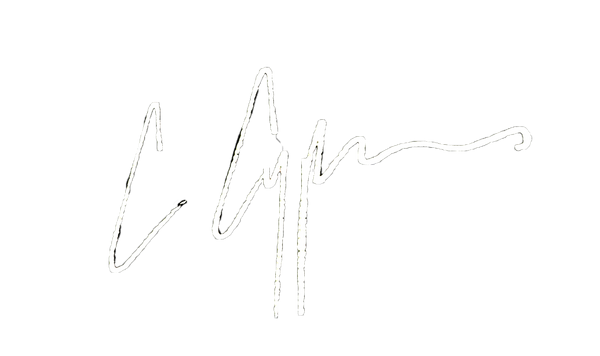A long process but worth the effort
I have been making prints from my original paintings for a long time, since i began painting watercolours many years ago at the start of my art career. At that point i didn't have the level of knowledge about different quality papers, scanning technology and depth of detail necessary to make long lasting fade resistant reproductions from my original art. As i discovered by making many mistakes along the way, gicleé prints are the way to go if you want to produce the best quality prints from your work.
What is a Gicleé Print?
A Gicleé print is basically the gold standard when it comes to reproduction from original art

Also known as ‘museum quality’ a gicleé print must be 300 DPI or over to be considered a true gicleé. The name is derived from a french term meaning ‘spray’ relating to the inks being sprayed onto the surface medium, which is usually either heavyweight archival paper or canvas
Which type of inks are used for Giclee Printing?
The main difference between a normal run of the mill inject print and Gicleé is in the number of inks used to create it. A regular inkjet print uses the CMYK print process (4 colour) wheras gicleé uses an 8 or 12 colour process. The other crucial difference is the type of ink used, which in this case is a pigment based ink rather than traditional lithographic printing with 4 colours. Pigment based inks have a much wider colour gamut than inkjet inks
These cover the full range of magentas, cyans, photo blacks etc, and last for up to 100 years with no loss of tone and vibrancy. Regular inkjet inks are cheap to manufacture and lack the quality and longevity of pigment based prints
My print specialist uses Epson Ultrachrome HDX Pigment Inks for my giclee prints which are superior quality and produce the vivid tones and hues i need for my reproduction prints
Scanning your work V’s photographing your work
I invested in an epson scanner a few years ago, so i could scan my own paintings without having to outsource. In the past i have had photographs taken of my work by a professional photographer, but as a personal preference feel that scanning the work provides a much higher quality digital file.

"The Epson 50000 A3 Flatbed Scanner allows me to scan work at 600 DPI to acheive the results i need for making large digital files. I can also scan my larger paintings in sections, which are then pieced together digitally using Panostitch software for MAC. Check out the software here Panorama Stitcher Professional
Choosing a print specialist
There are now many online Giclee print specialists who have the capabilities of printing high quality images on whichever type of medium you prefer.

My print specialist uses Perma Jet fine art papers. These museum grade, acid free papers are made from Alpha Cellulose, Cotton Rag or a mixture of the two with weights from 200-310gsm. Check out Permajet Giclee Art Paper here.
If you prefer to order your prints online or don't have a local print company nearby, The Print Space are based in London and can provide a high quality online remote service for artists and photographers
The Final Proofing Stage
This important stage of the whole gicleé print process allows me to view individual test strips which show me how the final print will turn out. My printer can then make colour adjustments as necessary, before producing the final print.


